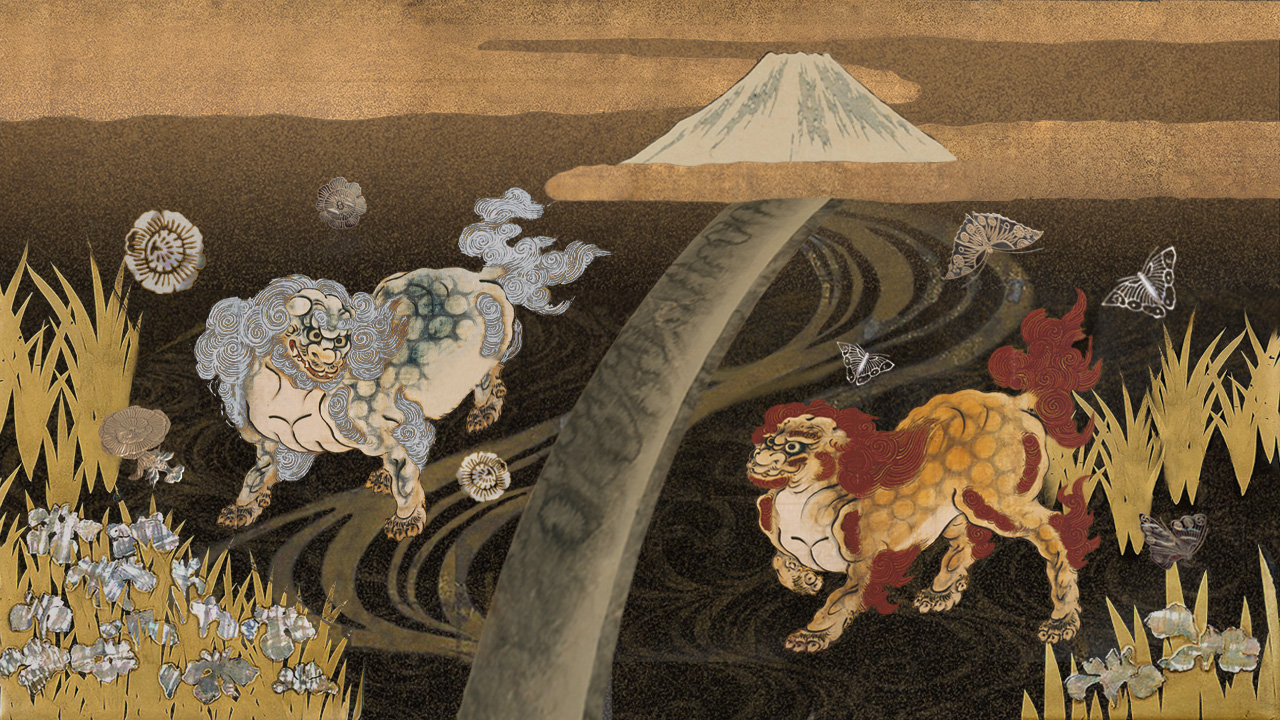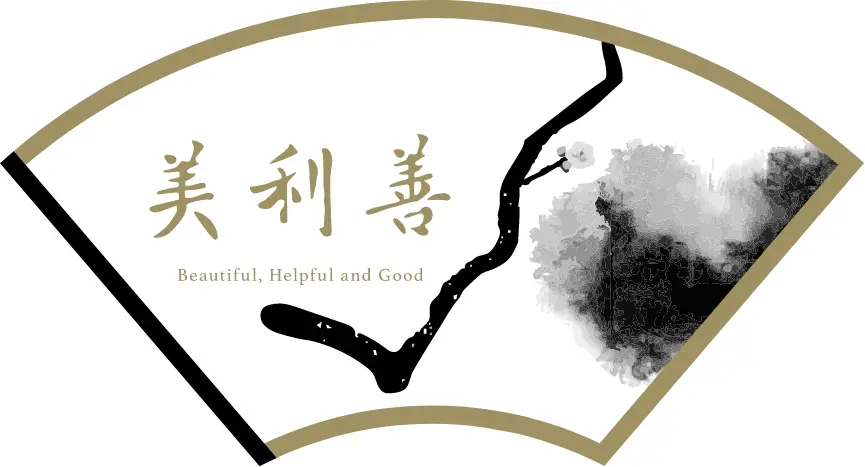Noh play “Shakkyō (Stone Bridge)” and Conceit of the Heart -Part 2

(Continued from Part 1)
What, indeed, does the Stone Bridge really mean? The Noh stage is devoid of any devices to evoke the image of a bridge.
To find out, we need to listen carefully to the characters’ lines and the chorus called “Jiutai”.
Soon after the mysterious boy wearing a Noh mask appears on the stage, he murmurs,
“We must be bothered by events occurring and passing in front of our eyes and end our days with our hearts taken by them.” and,
“Time flies by without knowing who you are and where you are.”
Then the boy and the chorus begin to talk about how dangerous it is to cross the Stone Bridge alone.
“This narrow bridge is even less than 30 centimeters wide, 9 meters long and the moss growing on it is so slippery that you feel giddy, unstable steps,” and,
“From the bridge to the bottom of the valley is about 3,000 meters, a beneath looks as bottomless as Hell and you don’t even feel like living when crossing it.”
At last, the boy quietly leaves the stage, saying, “If you wait here, something good will happen to you.”
The first half of this program ends without any indication of what happens next to Jakujou Hoshi, and the lion dance of the latter half begins.
A narrow, short, slippery Stone Bridge spans a high, misty, dizzying valley.
No matter how well-trained a person is, he or she cannot easily cross this bridge alone.
What do you think about the bridge?
It is as if our life itself, as the mysterious boy murmured at the beginning of the story, isn’t it?
By getting advice from leading experts at the right time on our NFT marketplace “Tou Chakai”, we would like to help each and every one of you living in the same era, so that you can make your life shine in your own way, without being conceited, fearful, or impatient.
By the way, according to the diary of an aristocrat of the time and a widely known legend, after being ordained and studying Buddhism under masters in Japan, Jakujou entered China in September, 1003 to further his training under a high priest and received a purple priest robe and the title of Entsu Daishi from Emperor Zhenzong (968–1022) of Song Dynasty.
In memory of him, who crossed the Sea, not the Stone Bridge, and made a name for himself through his dedicated efforts, I would like to continue our discussion on what the magnificent lion dance in the latter half represents in the next issue.
Reference sites : the Noh.com “Shakkyō ”

